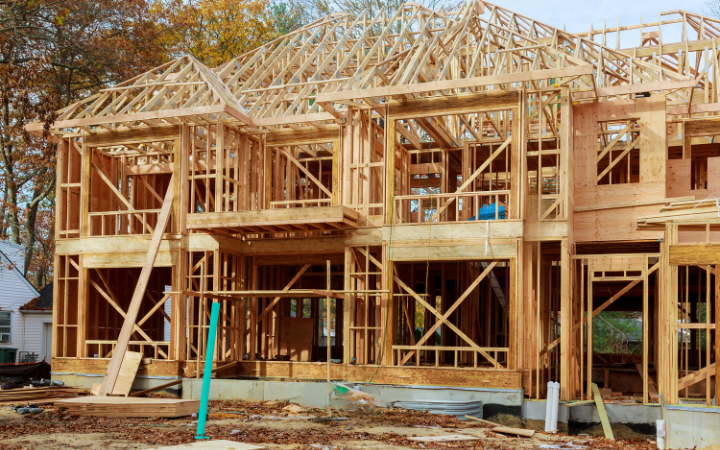
How Do Ground Up Construction Loans Work
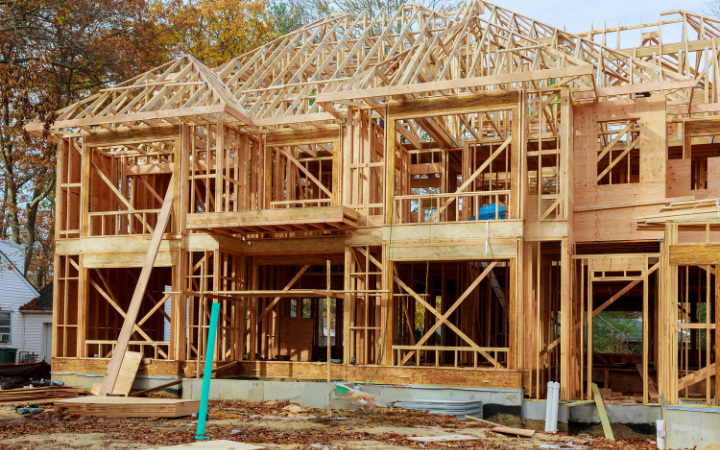
A Guide for Real Estate Investors
Real estate investors have a broad range of opportunities in the current market.
Existing properties offer plenty of advantages in the right situations – no savvy real estate investor would deny that.
New construction, designed with the preferences and demands of the local market in mind, can offer everything from more control and oversight to increased ROI from selling the property or renting it.
Also, there are times when a new project that’s already broken ground or in the middle of construction that needs additional funding to reach its end. Completing the project and making sure it can create revenue is vital.
For both new construction and in-progress projects that need some extra funding, construction loans are a key tool for real estate investors. These loans can maximize the ROI of the project through custom construction, which tailors the property to align with the wants and needs of the local housing market.
So, how do construction loans work, and how can they support your goals as an investor? Let’s take a closer look.
How Do Ground-Up Construction Loans Work? The Basics
Even though the specifics can become complicated, as is often the case with many types of real estate loans, the basic idea behind construction loans is pretty simple.
They are short-term loans used to cover the cost of the construction process. Construction loans can be used for new construction projects, rehabs of existing properties, and to provide the funding needed to complete in-progress work for either of these projects.
The key benefit for real estate investors is the ability to change and improve one or many buildings in a way that aligns with the needs and desires of the local market, tapping into the specifics sought by that renters or buyers.
The properties are often multi-family residences, but single-family homes developed as investment properties can use construction loans as well.
These loans are short-term loans, intended to pay for the costs of construction. They are not permanent mortgages, but rather temporary financing designed specifically for the building phase.
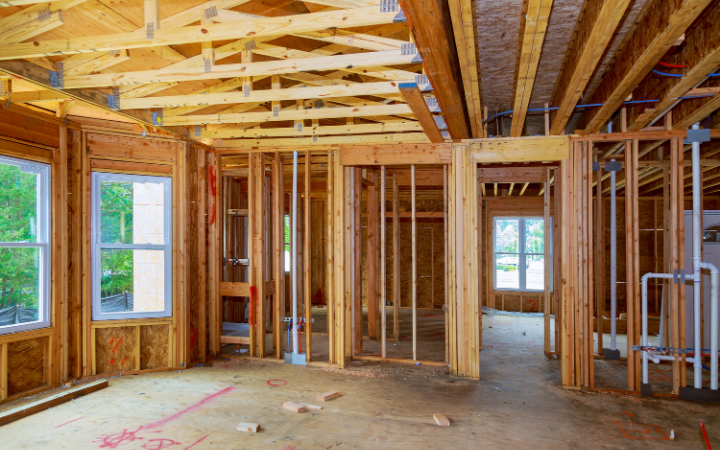 What Are Reimbursable Draws for Construction Loans?
What Are Reimbursable Draws for Construction Loans?
The money provided by a ground-up construction loan is generally disbursed as a series of draws as construction progresses, and not as a lump sum. The borrower pays for and completes the work, then the lender provides reimbursement.
This process normally follows a draw schedule. In this structure, specific construction milestones are set. Once a milestone is reached, the contractor requests a draw, and the investor passes that request onto the lender.
The lender then conducts a review to verify that the requested funds align with the completed work. Once approved, the lender disburses the funds and makes the related payments.
Payments can generally start during the first 6-24 months after the loan is issued.
GUC loans can have either monthly payments or interest reserves, where the lender funds the interest payments and adds it onto the loan.
What are the Loan-to-Cost Ratio and Loan to After Repair Value for Construction Loans?
The loan-to-cost (LTC) ratio is a relatively simple calculation that compares the project’s total cost to the amount financed through a construction loan. While a simple calculation, this ratio plays a crucial role in securing financing for the project.
The LTC ratio is calculated by dividing the loan amount by the construction cost. The formula looks like this:
- Loan Amount / Construction Cost = Loan-to-Cost Ratio
Lenders generally look to finance projects where the LTC ratio is between 60-80% of the total project cost. Encouraging the investor to have a personal financial stake in the project – the remaining 20-40% of the total cost – is thought to encourage project completion and loan repayment.
The desired 60-80% LTC ratio range is common but not always set in stone. Lenders may make exceptions for specific investors depending on their history in real estate investments, current financial position, and existing relationship with the lender.
Loan-to-After-Repair-Value (LTARV) is a similar metric used as part of the lending process for renovations and repairs to existing properties. This calculation divides the expected and increased value of a project after repairs are completed by the value of the loan.
A maximum LTARV of about 75% is common, although not set in stone. Loan providers want to ensure the investor has a financial commitment to encourage project completion and the repayment of the loan.
What Do Construction Loans Cover?
Construction loans can be used to pay for labor costs, materials, permitting, and the land itself (yes, a construction loan does include the land – or can, at least).
The approval process is detailed and requires in-depth documentation from the investor. However, an approved construction loan will cover a wide range of costs related to the project.
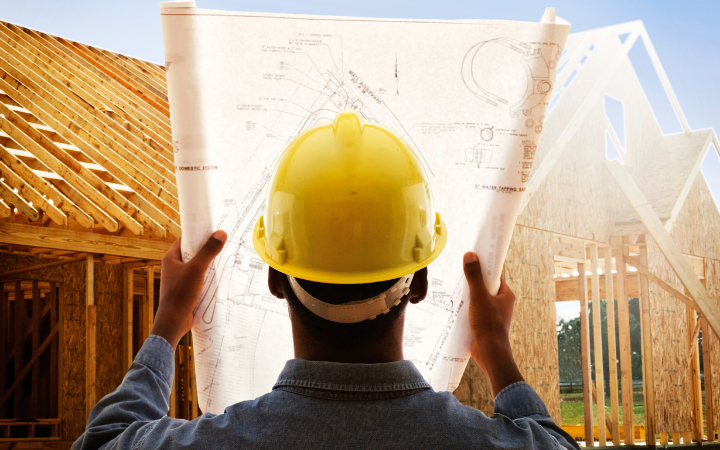 What are the Benefits of Construction Loans?
What are the Benefits of Construction Loans?
The foundational benefit of a construction loan is to build a new property that taps into the wants and needs of the local housing market. Or, to renovate and repair an existing property so that it can better align with those wants and needs. A more desirable property can lead to a higher sale price or higher rents, improving ROI for the investor.
Other key benefits of construction loans include their ability to cover all phases of the project with a single loan, making financing simpler for the investor. Crucially, these loans normally feature interest-only payments during active construction, providing financial flexibility over the course of the project.
Some lenders also offer flexible loan term options and payment schedules to better support the changing timelines common in construction project.
Managing the Costs of Construction Loans
To address the cost of the loan, borrowers can:
- Take out a construction loan that automatically converts to a mortgage at the end of its term.
- Investor sells the property and pays off the construction loan.
- Refinance into a long-term loan.
- Pay off the balance in full with their own cash, which can be accomplished by selling the property.
- On larger development projects with multiple phases, the construction loan could be modified to provide additional construction funds. In addition, on larger projects, some of the already built structures could be sold and used to pay down the loan.
- If the borrower can’t pay the full loan balance directly, they can secure long-term financing. This also helps to address the higher interest rates that often come with short-term loans like construction loans.
What Happens After Construction is Completed?
To address the cost of the loan after construction is completed, borrowers can:
- Take out a construction loan that automatically converts to a mortgage at the end of its term.
- Sell the property and pay off the construction loan with the proceeds.
- Refinance into a long-term loan.
- On larger development projects with multiple phases, the construction loan could be modified to provide additional construction funds. In addition, on larger projects, some of the already built structures could be sold and used to pay down the loan.
- If the borrower can’t pay the full loan balance directly, they can secure long-term financing. This also helps to address the higher interest rates that often come with short-term loans like construction loans.
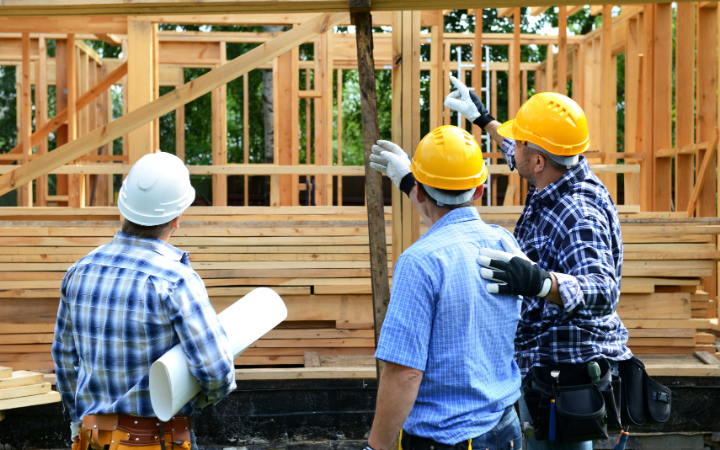 How to Qualify for a Construction Loan
How to Qualify for a Construction Loan
How hard is it to get a construction loan? The standards are higher than those of a conventional mortgage, for example, but are by no means impossible to meet for stable and established real estate investors.
There are normally three major phases in the construction loan application process:
1. A pre-qualification phase that includes a builder assessment, where the lender determines if the builder attached to the project meets the lender’s standards.
2. Documentation submission and review, where the borrower submits detailed project information (such as budgets, project plans, and contracts with the builder) and the lender makes sure these documents align with their standards.
3. Approval, followed by the release of funds based on the project reaching defined construction milestones.
What are the requirements for a construction loan? Exact details vary between lenders, but financial requirements relative to the loan amount are foundational. Lenders are less likely to offer loans to prospective investors who have inconsistent credit histories, significant outstanding debt, and other large financial obligations.
Lenders also tend to require large down payments (often 20-25%) as well. Construction loans don’t have collateral to put on the line. So, the qualifications are stricter overall, and interest rates are higher than those seen with conventional mortgages.
More unique requirements include the need for a qualified, licensed, and experienced builder to be part of the project.
Borrowers will have to show they have a contract with the builder to complete the project. Additionally, deep details about the project itself are needed. That includes an in-depth breakdown of construction costs and pricing, the construction plans, the timeline, and more.
Securing Your Construction Loan as a Real Estate Investor
Construction loans require careful planning, assets that align with lender expectations, an established relationship with a qualified builder, and a detailed plan for the project.
With those pieces in place, a construction loan can certainly pay off in the long run. Real estate investors can use the funds the loan provides to build attractive, durable, and dependable investment properties. That can mean long-term revenue from renters as well as a valuable asset within the investor’s portfolio.
Looking for a construction loan lender? Myers Capital offers both ground-up and mid-construction lending options to get projects across the finish line and turn them into revenue-generating properties. Our approach includes no personal income verification, loan amounts up to $5 million, and the ability to transition to long-term financing.
Myers Capital believes in forming true partnerships with our clients, providing guidance and advice to help them achieve their goals. Why? Because your success is our success.
Learn more about our loans for commercial property investors.
Copyright © 2025 Myers Capital Hawaii
